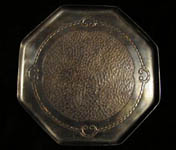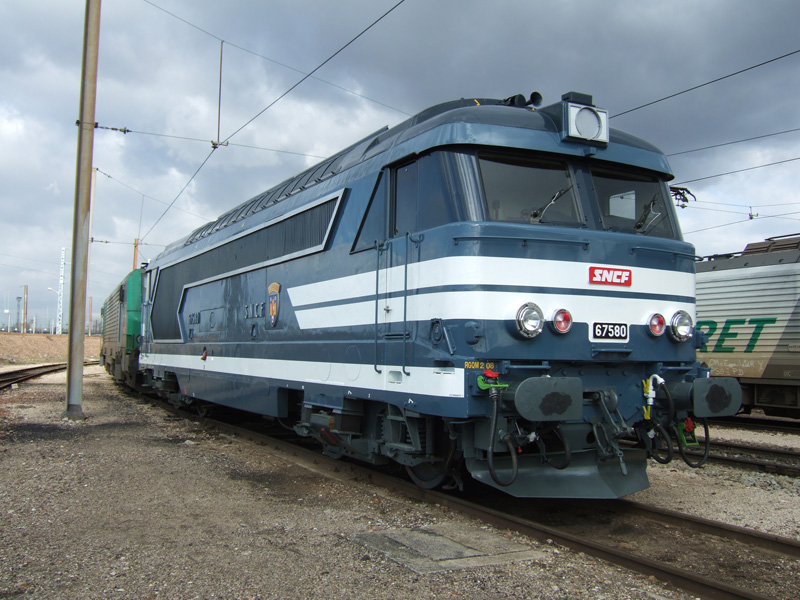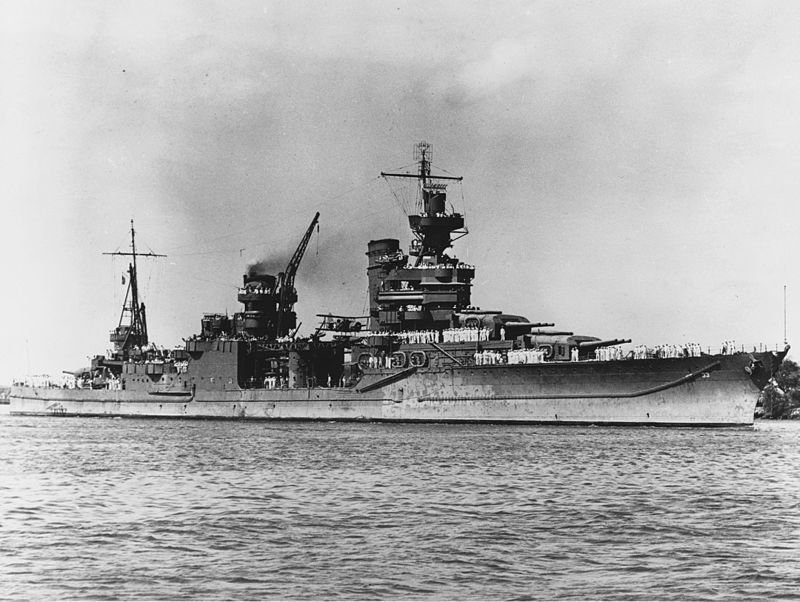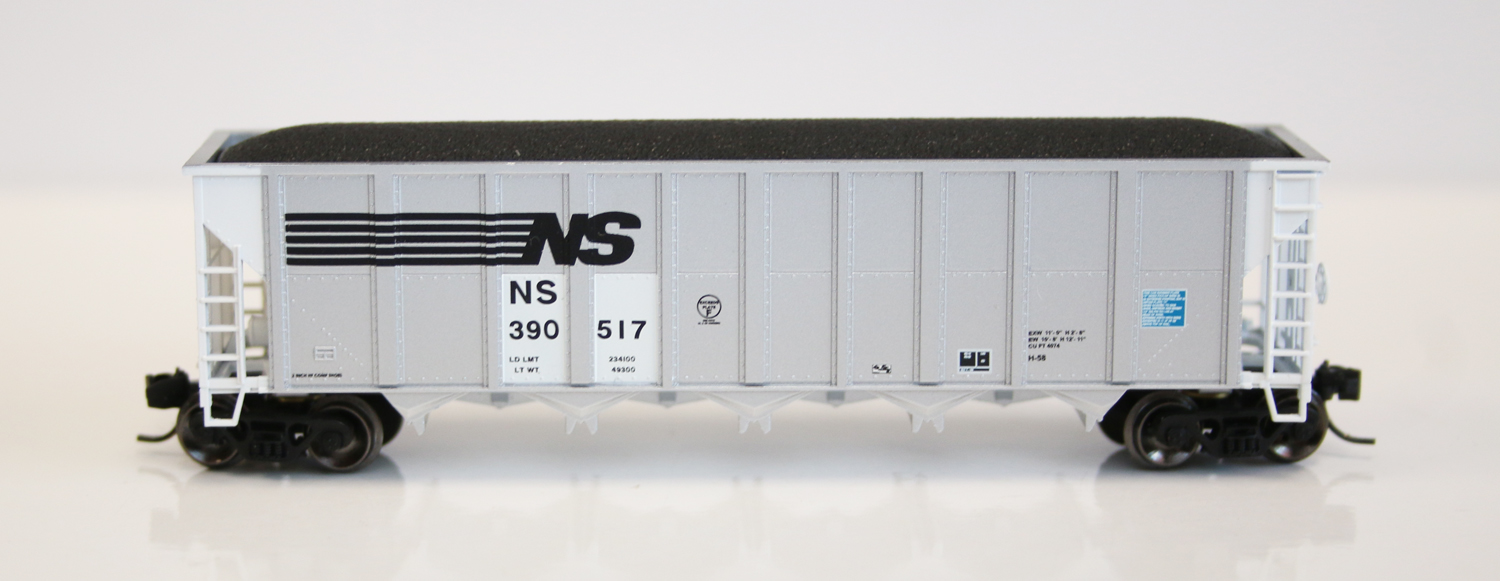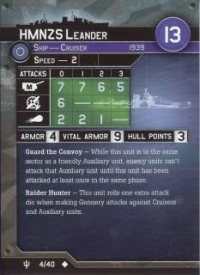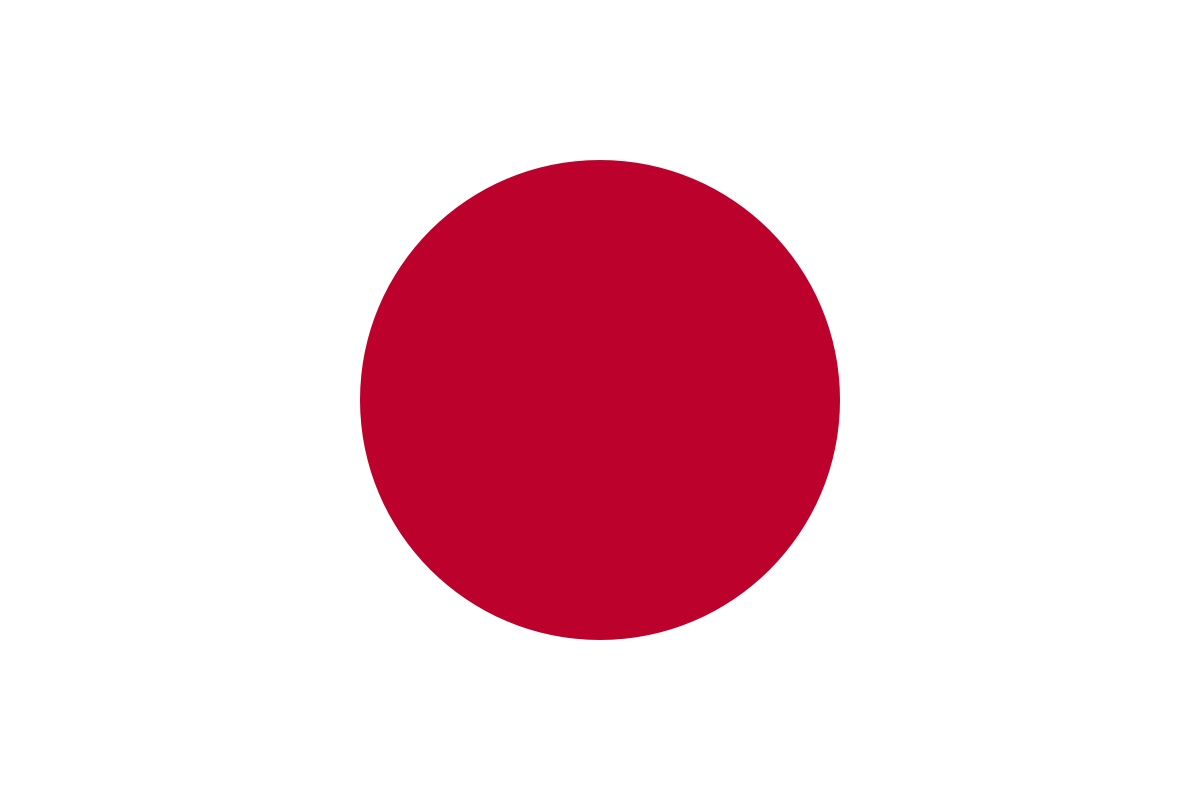History: The two Tone-class cruisers were the last heavy cruisers completed for the Imperial Japanese Navy. The Tone-class cruisers were originally envisaged as the 5th and 6th vessels in the Mogami class. However, by the time construction began, serious weaknesses in the Mogami-class hull design had become clear following the Fourth Fleet incident in 1935. As Japan no longer was obligated to abide by the limitations of the London Naval Treaty, a new design was created and new means of construction were utilized. Though the external dimensions were close to the Mogami class, the design was quite different, with all the main battery of guns placed forward of the bridge, reserving the entire stern area as a large seaplane hangar. Unlike the U.S. Navy, the Japanese did not have a dual role attack/scout aircraft, nor did they assign any of their carrier aircraft to a reconnaissance role. Little emphasis was placed on this aspect of carrier warfare. Instead the Japanese reserved all of their carrier aircraft for attack roles. Reconnaissance then was relegated to the float planes carried by cruisers. The Tone and the Chikuma were intended to provide the long range reconnaissance needed for Japan's carrier Air Fleets.
Type: Cruiser
SubType: Heavy Cruiser
Primary Country: Japan is an island nation in the Pacific Ocean with dense cities, imperial palaces, mountainous national parks and thousands of shrines and temples. Shinkansen bullet trains connect the main islands of Kyushu (with Okinawa's subtropical beaches), Honshu (home to Tokyo and Hiroshima’s atomic-bomb memorial) and Hokkaido (famous for skiing). Tokyo, the capital, is known for skyscrapers, shopping and pop culture.
Although legend has it that Japan was founded in 660BC, archaeologists agree that settlement in the Japanese archpelago dates back as far as 100,000 years. The Jomon Period (8000-c.300BC) is the earliest that has been studied. It is named after the 'jomon' or cord-marked pattern style of pottery of the period.
Although legend has it that Japan was founded in 660BC, archaeologists agree that settlement in the Japanese archpelago dates back as far as 100,000 years. The Jomon Period (8000-c.300BC) is the earliest that has been studied. It is named after the 'jomon' or cord-marked pattern style of pottery of the period.
Item Links: We found: 3 different collections associated with Tone - Cruiser
- Collection War at Sea: 2 different items.
- Collection Warship Classes: 1 different items.
- Collection Warships: 2 different items.
Item created by: Lethe on 2019-03-20 12:17:40. Last edited by gdm on 2019-04-02 17:54:58
If you see errors or missing data in this entry, please feel free to log in and edit it. Anyone with a Gmail account can log in instantly.
If you see errors or missing data in this entry, please feel free to log in and edit it. Anyone with a Gmail account can log in instantly.



